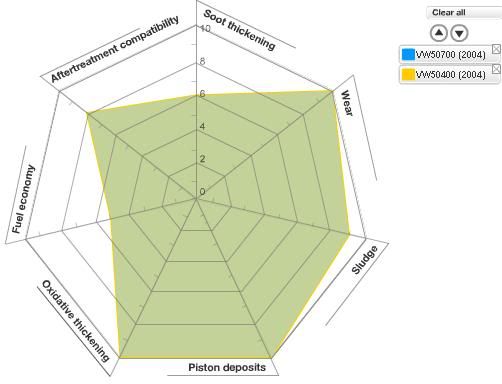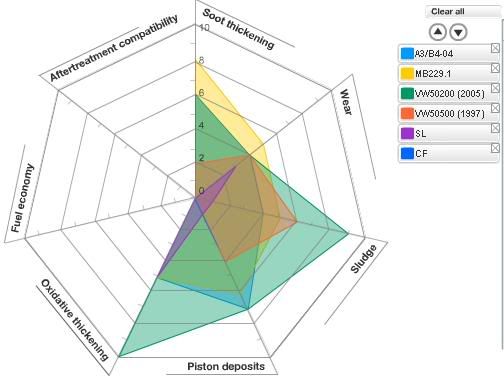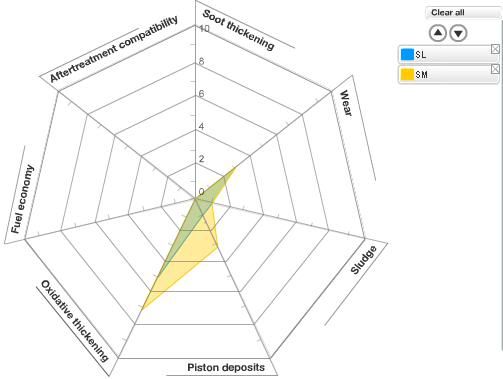Horses for courses.
If a manufacturer specs an API SM, I'm sure the engine will do fine on it if it is changed per the manufacturer's recommendation.
If an owner operates a BMW on API SM, as we are able to drive in the US, and he changes it at appropriately shortened intervals, it will probably be fine as well.
If an owner puts some API SM oils in a Euro oil-speced engine, and runs it out to the limits of what the European maker recommends for an OCI, problems may well be found.
Also, as AJ notes, some oils exceed API specs, although they usually also list various maker-specific as well as ACEA specs.
For example, GC is API SL.
It also meets A3, as well as BMW LL-98 and LL-01.
As he really meant, there are oils that meet an API spec, and there are oils that greatly exceed it, although the bottle may give you no more information than the API spec met.














